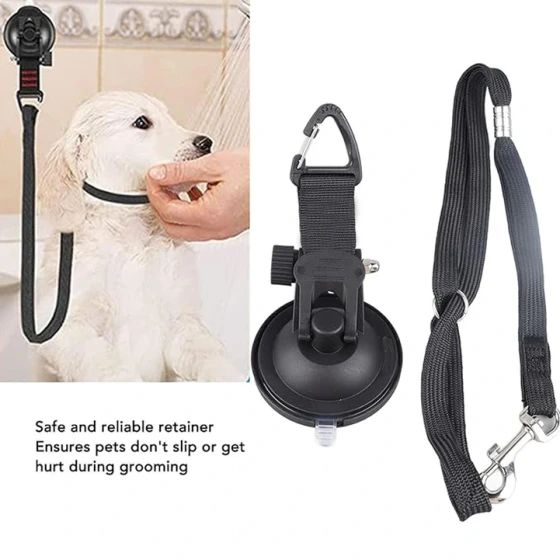Two Methods to Test Dog Excitement Level

Husky
When training dogs, the dog's excitement level is very important. If a dog is going to compete, insufficient or excessive excitement can cause performance issues. So how can you determine a dog's excitement level? Here are two recommended methods to test your dog's excitement.
1. Use a rattle or something that can make noise, such as a toy hand-cranked machine gun or small firecracker, to judge the intensity of the excitement process. The method is: When the dog is eating, the owner makes noise with a rattle or firecracker from far to near beside the food bowl, and observes the dog's reaction to the sound stimulus. Some dogs show no reaction and continue eating; some dogs may stop eating once they hear the noise but do not leave the food bowl, showing only a seeking response and then resume eating; others may initially leave the food bowl upon hearing the noise, but then approach the bowl again and eat normally, no longer responding to the noise. Dogs showing these behaviors can be considered to have a strong or relatively strong excitement process. Conversely, dogs that are inhibited by this sound stimulus and stop eating can be considered to have a weaker excitement process.
2. Use a pedometer (an instrument that measures and records each movement of the dog) to judge the intensity of the dog's excitement process. The method is: Hang the pedometer on the dog's neck and tether the dog with a 2-meter-long iron chain to a fixed object. Then, the owner holds food about seven to eight meters away, repeatedly calls the dog's name, and lets the dog see the food (the dog must be hungry). After about two minutes, check the pedometer records for the number of movements. Based on experience, some dogs can perform about 360 movements within two minutes, while others can only perform 20-30 movements. The accurate recording of the pedometer indicates that dogs with high activity excitement will have higher recorded counts and stronger excitement intensity. Dogs with over 100 movements in two minutes can be classified as having a strong excitement process. Without a pedometer, visual estimation is acceptable. As long as the dog remains in continuous activity during two minutes, its excitement intensity can be considered good. (Source: PetsZone)



